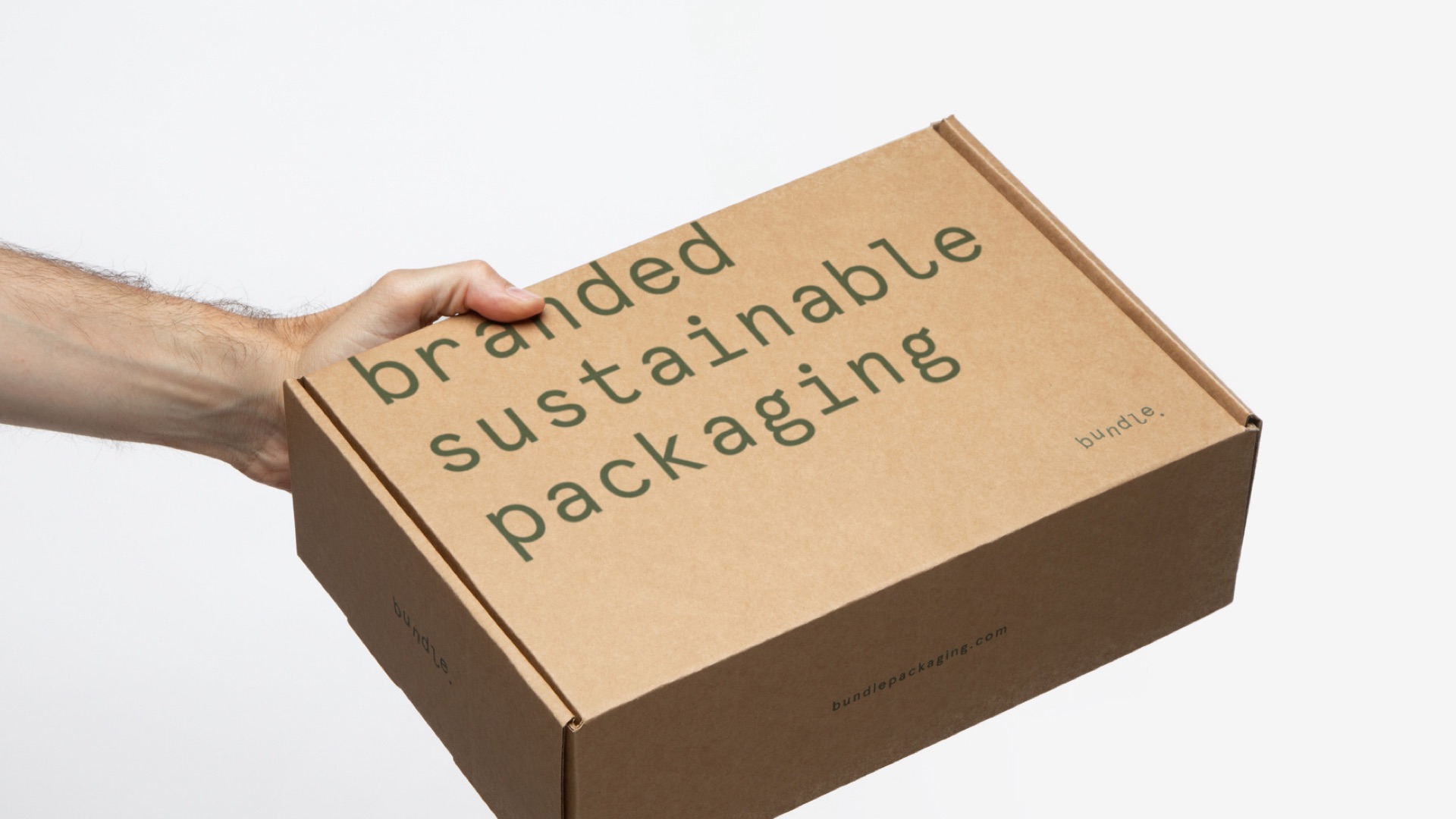When it comes to architectural design and engineering, blueprints serve as the foundational documents that translate creative visions into tangible structures. However, the question of what paper blueprints are printed on often goes overlooked. This article delves into the intricacies of blueprint paper, exploring its types, characteristics, and the technological advancements that have influenced its evolution.
The Historical Context of Blueprint Paper
Blueprints have a rich history that dates back to the 19th century. The original blueprinting process, known as cyanotype, was developed by Sir John Herschel in 1842. This method involved using a photosensitive solution of ammonium iron(III) citrate and potassium ferricyanide, which, when exposed to sunlight, would produce a blue image on white paper. The distinctive blue and white contrast made it easy for architects and engineers to reproduce detailed plans.
Types of Blueprint Paper
Over the years, the materials used for printing blueprints have evolved significantly. Today, several types of paper are commonly used, each with its own unique properties:
- Vellum Paper: Vellum is a translucent paper that is highly favored in architectural circles. Its smooth surface allows for precise line work and is compatible with various drawing mediums, including ink and pencil. Vellum is also durable and resistant to tearing, making it ideal for long-term use.
- Mylar: Mylar is a polyester film that offers superior durability and resistance to moisture and tearing. It is often used for high-quality reproductions and archival purposes. Mylar blueprints can withstand the test of time, making them a popular choice for important projects that require longevity.
- Bond Paper: This is a versatile and economical option for blueprints. Bond paper is typically used for standard printing and can handle a variety of ink types. While it may not offer the same level of durability as vellum or Mylar, it is widely accessible and suitable for everyday use.
- Coated Paper: Coated paper has a smooth finish that enhances print quality. It is often used for color prints and detailed graphics. While not as commonly used for traditional blueprints, coated paper is gaining traction in modern architectural presentations that require vibrant visuals.
The Role of Technology in Blueprint Printing
The advent of digital technology has revolutionized the way blueprints are created and printed. Computer-Aided Design (CAD) software allows architects and engineers to create intricate designs with precision. These digital files can then be printed on various types of paper, depending on the project's requirements.
Digital printing technology has also improved the quality and speed of blueprint production. High-resolution printers can produce detailed images on a range of paper types, ensuring that every line and dimension is accurately represented. This shift from traditional hand-drawn blueprints to digital formats has made it easier for professionals to collaborate and share designs in real-time.
Environmental Considerations
As sustainability becomes a priority in the construction industry, the choice of blueprint paper is also evolving. Many companies are now opting for recycled paper options or environmentally friendly printing processes. This shift not only reduces waste but also aligns with the growing demand for sustainable practices in architecture and engineering.
Conclusion
Understanding what paper blueprints are printed on is crucial for architects, engineers, and anyone involved in the design and construction process. The choice of paper can significantly impact the quality, durability, and presentation of blueprints. As technology continues to advance, the materials and methods used for blueprint production will likely evolve, offering new possibilities for creativity and innovation in the field. Whether you are a seasoned professional or a budding architect, being informed about the nuances of blueprint paper can enhance your work and contribute to the successful realization of your designs.

